Remember when I wrote that article on 2 Things Driving School Taught Me About Karate?
If not, don’t sweat it. I know, the title is mad boring. Sorry for that. Somebody please sign me up for a course on blog title optimization.
Anyway, if you do remember it, then forgive me now.
Because I was lying.
Driving school actually taught me three things about Karate.
Not two.
Three.
Let me tell you:
In the driving school textbook I had, which was about as exciting as the word “textbook” sounds, one particular sentence got stuck in my mind till this very day. A sentence which was as short as it was sweet and brilliant. And it totally made sense to me, since my thoughts drifted away to Karate every time I tried to read the darn thing:
“A good driver is one who rarely has to brake”
See that?
A good driver rarely has to step on the brakes.
Obviously you will have to brake every time you actually stop the car to park (unless you crash), but that’s a given. What this particular piece of info is telling us is that the more practise and experience a driver has, the less he needs to use his brakes. Why? Because he is so skilled in regulating the flow (intensity, speed, smoothness) of his vehicle in traffic that he can just roll on, dippin’ the corners, without ever (or rarely) touching the brake pedal.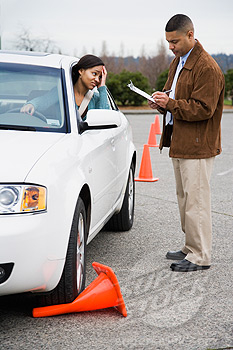
He has flow.
Of course we all know this is near impossible most of the time; with brake lights, intersections and running children everywhere, but the let’s not get stuck in details. It’s about the big picture. The general idea.
A good driver rarely brakes.
And it’s all because of two things.
- Regular driving (practise)…
- …over a long period of time.
In other words, steady practise (input) for a good number of years.
In one word summed up as experience.
Or rather learning from experience, and then using that knowledge to steadily improve – a concept known in Japanese management theory as kaizen.
Experience in traffic is what tells you that the guy next to you – going 50’000 mph in a red Ferrari – is probably going to drive past you whether you like it or not. Experience is what makes you see those small tiny details that other people don’t normally see, like that dog you just ran over (“dude, was that a dog?”), or that cursing old granny with an empty dog leash, giving you the middle finger (“it was already dead!”).
Experience gives you the ability to foresee things and actions that normal people don’t see, or simply have a hard time seeing – unless they are told where and what they are supposed to look at/for.
Beginners call it magic.
We awesome people just call it “feeling”.
Or “hunch”.
But in the end it boils down to regular practise – experience – and consciously or subconsciously learning from the situations encountered to “up” your game.
And this, to me, is one of the biggest things you need to know when it comes to understanding flow.
Because a good Karate-ka rarely needs to use the brakes.
And I ain’t talking about no cars anymore.
This is actually a phrase I sometimes use when I teach. Karate, Kobudo, ground work, whatever. Perhaps it is most obvious in Kobudo though, since you can so easily hear when people lose flow, and resort to staccato, non-45 degree deflections and blocks, ending up with hitting themselves (kata), or hitting each others weapons instead of trying to hit each other (kumite). Flow gone. Bang, bang, bang… crack.
A good Kobudo-ka rarely uses the brakes.
Or how about when you’re practising your Karate kata? Are you used to having an instructor standing in front, counting for you? “Ichi, ni, san… “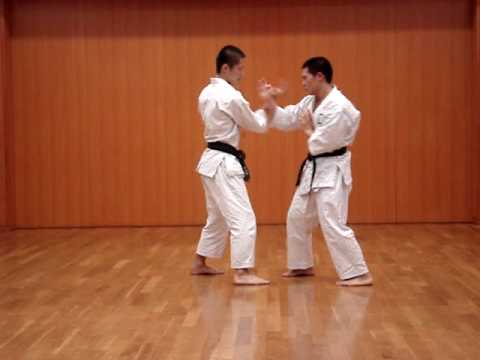
Great.
If you’re a beginner.
Or child.
(Beginner is not determined by belt level, guys.)
Although this military style mass drilling, which was actually re-imported to Okinawa after the modernization/transformation from Okinawan Karate to Japanese Karate (see more here), is perfect for instilling correct kihon, chinkuchi, koshi, kime, hara and other cool Asian words into our bodies, it is far from practical when it comes to applying the techniques of kata in a physical encounter. Older practises – with the explicit purpose of teaching you flow – like kakie, tegumi, pushing hands and muchimi-di have been overshadowed for way too long. Everywhere.
To me, kata should be practised exactly like kumite (read: bunkai, not competition style jiyuu kumite).
Unless you are doing Sport Karate, or are a beginner, there is no need for absurd pauses, chopped up techniques, broken combinations, super big hip twists, or excessive rooting in stances.
Let other people do that.
Newsflash – that sh*t will get you killed one day.
Unless you regard the Dojo™ and the Reality™ as two entirely different products in the world of places disguised as products (“what the…?”), you need to seriously consider using the exact same flow that you have in kumite in kata. And ninja please, leave kihon out of this. That’s basics. Kihon – basics – is supposed to be chopped up, overanalyzed, broken down, chewed on, digested, thrown up, experimented with, snorted, smoked (?) and practised in different seemingly unpractical and crazy ways, in order to understand ourselves. It’s a part our rebellious youth.
Kata is not.
Why?
Because kumite is not.
And when I say kumite, I’m talking bunkai. Self-defense. War.
And as we all know, self-defense leaves absolutely no time for a “tripple hip twist to get proper koshi, before you root into the inverted shiko dachi/kosa dachi uraken, gyakuzuki 1-2 kombination, and then pause exactly five seconds after the kiai”.
Forget that.
You are pushing the brake after every single burst on the gas pedal!
I mean, you don’t drive like that, do you?
Gas, brake, gas, brake, gas, brake, gas, brake, gas, brake…
(I almost went nuts simply from writing that.)
See how stupid it looks?
It does, doesn’t it?
So let me ask you something:
- Is that fuel efficient?
- Is that good for you wallet?
- For the environment?
- For your car?
- (translate these to Karate terms)
Nope.
Yet so many people do this.
But it’s totally okay for a rebellious teenager beginner to drive a car train Karate like that. They don’t have the knowledge that comes from years of experience, so we don’t even expect anything else. They don’t have any flow in traffic Karate because they’re not supposed to be good yet – unless they happen to be “talented” or have “fast twitch muscle fibres” or any other silly explanation we use (“he plays too much video games!”). You, on the other hand, need to learn to see past that.
You need to grow out of that.
You’re the man of the house now.
And you need to learn what my driving school textbook tried to teach me many years ago:
A good driver Karate-ka rarely brakes.
Because if he does, he’s a noob.
No matter what sensei, belt, or patch he has.
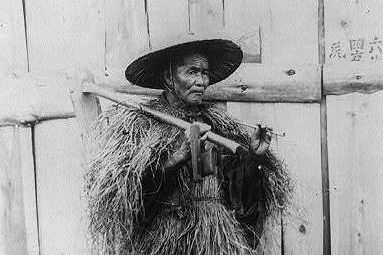
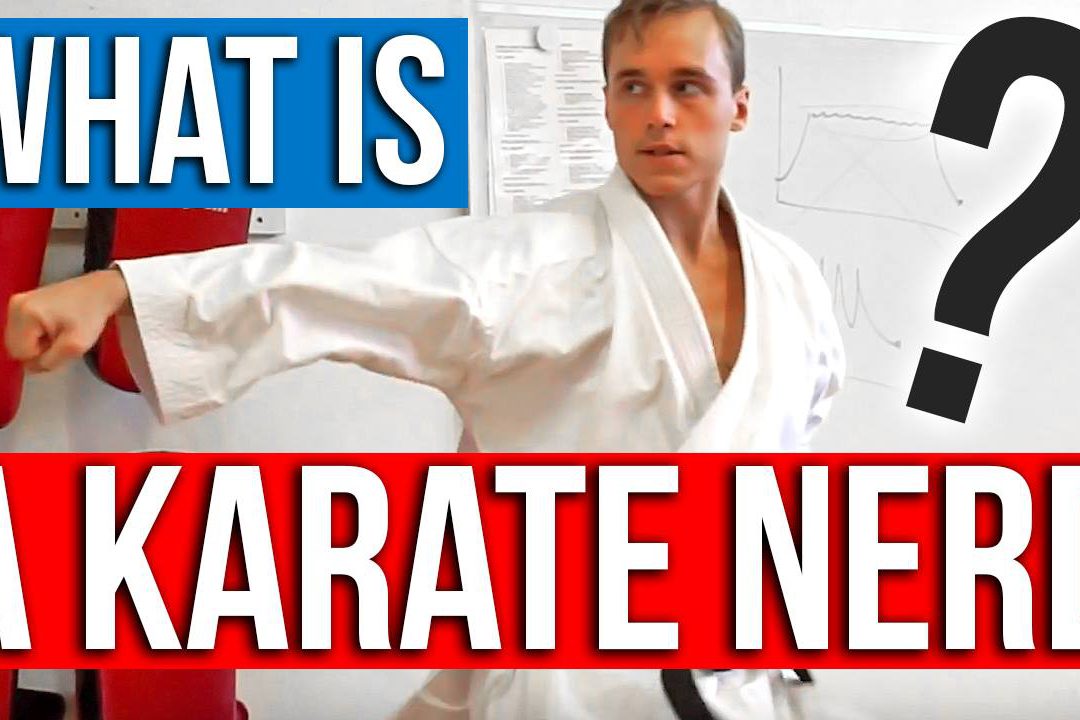
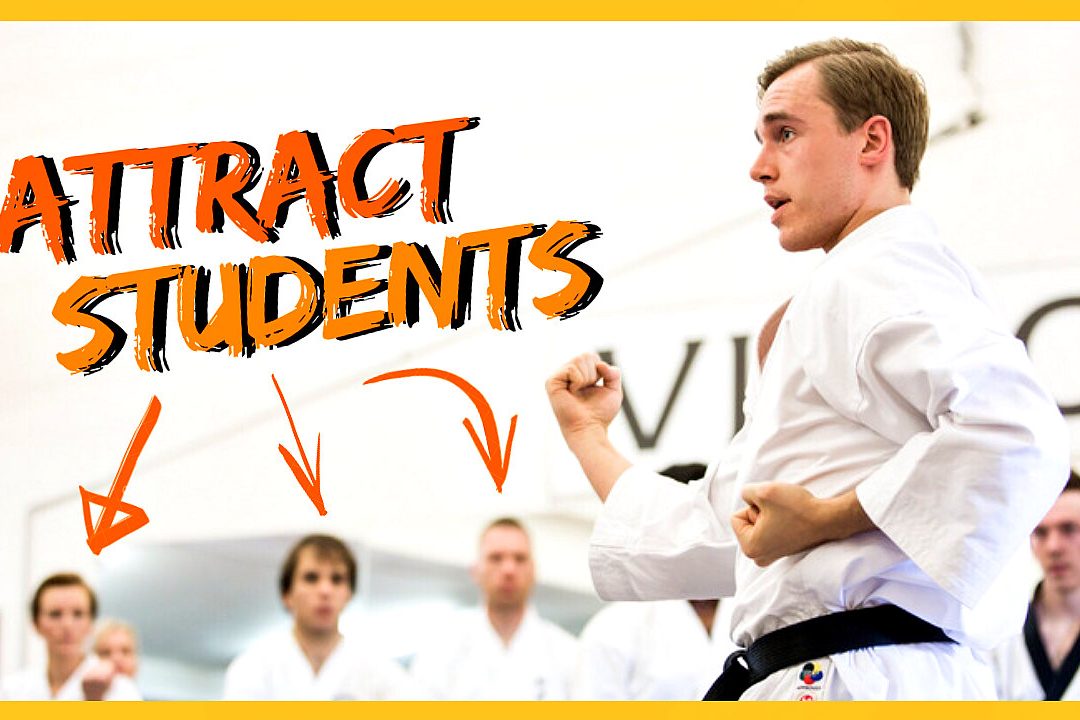
12 Comments